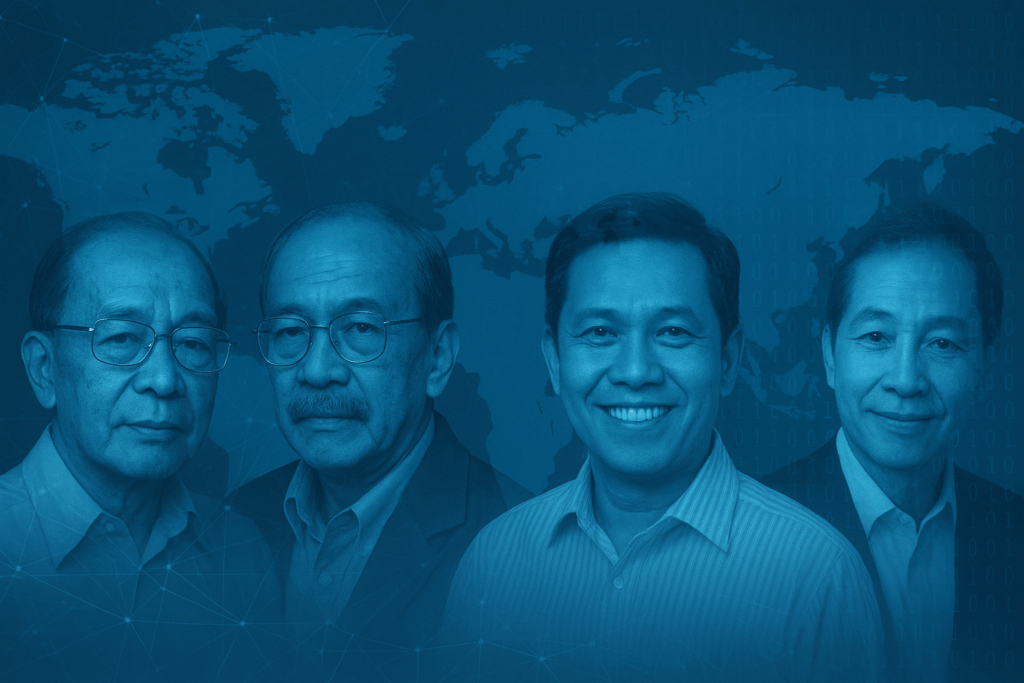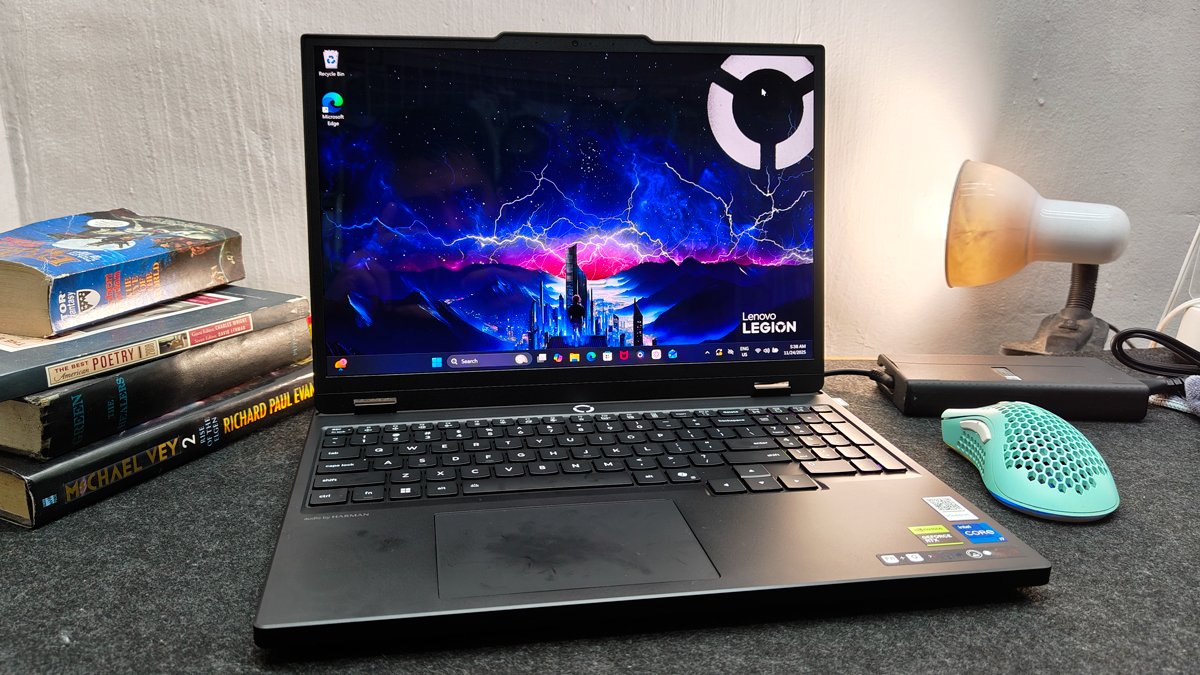This National Heroes Day, we remember a different kind of heroes – the Philippine Internet Heroes who first gave us a glimpse of the future called the Internet.

In the early hours of March 29, 1994, a pivotal moment in Philippine history occurred—one that many Filipinos were unaware of at the time. At 1:15 a.m., engineer Benjamin “Benjie” Tan activated a Cisco 7000 router at a PLDT facility in Makati, establishing the Philippines’ first direct connection to the global Internet.
Tan later posted the news on the Usenet group soc.culture.filipino:
“As of March 29, 1994 at 1:15 am Philippine time, the Philippines was FINALLY connected to the Internet via SprintLink…”
That short message marked the beginning of the Philippines’ online journey, forever altering how Filipinos would communicate, learn, and engage with the world.
While Tan’s contribution is widely recognized, the journey to this milestone was a collective effort involving numerous individuals and groups. Their combined vision and determination laid the groundwork for the Philippines’ digital presence.
The Visionaries Who Paved the Way
Dr. William T. Torres – The Father of Philippine Internet
Dr. William T. Torres, often referred to as the “Father of Philippine Internet,” was instrumental in advocating for the country’s digital integration. In 1992, he proposed connecting the Philippines to the Internet, emphasizing its potential benefits for education and research. His efforts culminated in the establishment of PHNet, the country’s first academic and research network, which facilitated email communication between local universities and institutions.
Torres’ advocacy extended to policy-making, where he played a significant role in shaping the National Information Technology Plan. As chair of the IT Coordinating Council, he worked towards harmonizing the implementation of IT initiatives across various sectors, ensuring a cohesive approach to the nation’s digital development .
Arnie del Rosario – Champion of Academic Connectivity
Arnie del Rosario, then head of the Ateneo Computer Technology Center, led a committee tasked with exploring the feasibility of creating an academic network. This initiative, supported by the Department of Science and Technology (DOST), aimed to connect universities and research institutions, facilitating the exchange of information and resources.
Del Rosario’s leadership was pivotal in the formation of the PhilNet Technical Committee, which played a crucial role in the technical aspects of the Philippines’ Internet connectivity efforts. His vision for an interconnected academic community laid the foundation for the country’s broader digital infrastructure .
Joel Disini – Securing the Nation’s Digital Identity
In 1990, Joel Disini received the delegation of the .ph country code top-level domain from the Internet Assigned Numbers Authority (IANA). This delegation granted the Philippines its own digital identity on the global Internet map. Disini’s foresight in securing the .ph domain ensured that the country had a recognized presence online from the very beginning.
Beyond domain administration, Disini also contributed to the development of early Internet services in the Philippines, helping to establish the country’s digital infrastructure during its formative years .
Gabriel Daza – Laying the Groundwork for Telecommunications
Although not directly involved in the Internet’s introduction, Gabriel Daza’s contributions to the Philippines’ telecommunications sector were foundational. As a co-founder of the Philippine Long Distance Telephone Company (PLDT), Daza played a significant role in expanding the nation’s telephone network, which later supported Internet connectivity.
His work in the early to mid-20th century set the stage for the telecommunications infrastructure that would be crucial for the Internet’s introduction and growth in the Philippines .
The PhilNet Technical Committee – Building the Digital Bridge
The PhilNet Technical Committee, formed in 1993, was composed of computer specialists from various universities and institutions, including Ateneo de Manila University, De La Salle University, University of the Philippines Diliman, and University of the Philippines Los Baños. This diverse group was tasked with studying the viability of establishing a national academic network.
Their collaborative efforts led to the successful implementation of PHNet, which connected the country’s academic and research institutions to the global Internet. The committee’s work was instrumental in laying the technical foundations for the Philippines’ digital infrastructure .
Reflecting on the Journey
The collective efforts of these individuals and groups transformed the Philippines from a nation with limited digital access into one actively participating in the global Internet community. Their contributions were not just technical achievements but also acts of vision and determination that have had lasting impacts on the country’s development.
As we reflect on their legacy, it’s essential to recognize the importance of continued innovation and collaboration in the digital realm. The journey that began in 1994 is ongoing, and the future of the Philippines’ digital landscape will depend on the efforts of the next generation of visionaries and pioneers.

























Leave a Reply